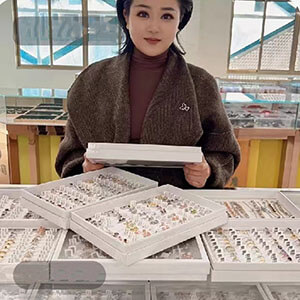When buying colored gemstones, especially rubies, and sapphires, you often hear the terms “burnished” and “unburnished”. And what is the difference?

What is “burnished”?
The natural formation of gemstones is a process of “burning”. Except for diamonds and peridots, which are formed in the mantle, all other gemstones are formed in the earth’s crust. Where they are heated at high temperatures and pressures in the depths of nature to become gemstones.
A “burnished” stone has only been heated by man, while an “unburnished” stone is natural and has not been heated. Heating is the process by which a gemstone is placed in a controlled heating apparatus, where different heating temperatures and other conditions are selected to improve its color, clarity, and clarity over time, thereby increasing its aesthetic and commercial value.
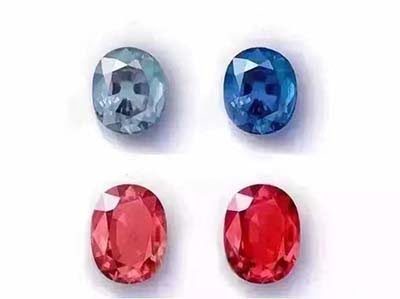
For example, the color of Sri Lankan sapphires changes from light blue to dark blue when heated. However, both “burnished” and “unburnished” sapphires are indistinguishable from the naked eye and require laboratory equipment, which means that there is no difference in appearance.
In layman’s terms, heating a gemstone is the icing on the cake, as it makes it more beautiful and still has collectible value. Many stones at auction are heated.
What is important is that there are “old” and “new” burnished stones , that only a little artificial heating (old burnishing) is accepted by international quality control agencies as a means of optimizing the stone, which is still commercially valuable and natural. It is not acceptable to add other chemical elements to the stone and then reheat it (new burnishing).
Why “burnish”?
The fact is that natural stones are almost always flawed during their formation . And everyone wants to buy a bright, clear, and flawless stone. Therefore, to meet the market demand to the fullest extent possible, it is necessary to optimize the stone, and “burning” is one of the most common ways to do this.
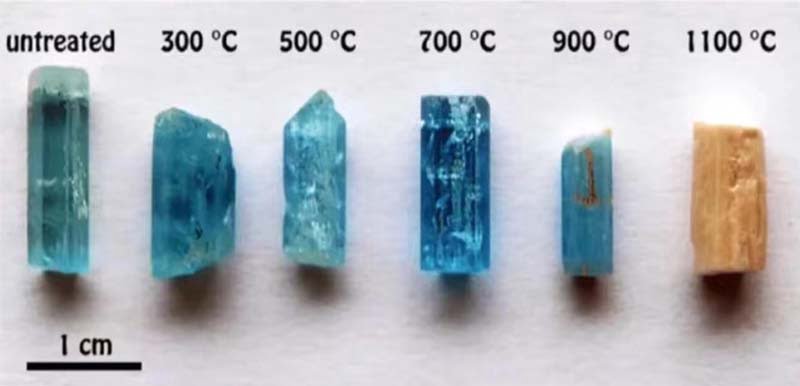
Raw, unprocessed gemstones
Generally speaking, gemstones are usually optimized after they come out of the mine, but there are exceptions – those that are of such poor quality that they do not deserve to be optimized, and those that are already perfect.
The purpose of thermal optimization is to bring the stone to a more perfect state because natural “unburned” quality stones are becoming increasingly rare for several reasons.
1. The quality of gemstones from mining areas is decreasing
At many international and domestic jewelry shows, the number of good quality stones has decreased compared to previous years, and the prices of those that look good to the eye (high color saturation, clean to the naked eye, full fire cut) have soared! At auctions, the prices of high-quality collector’s grade gems were repeatedly breaking new highs.

2. The difficulty of sourcing gemstones is increasing
It is very difficult to purchase high-quality, large-carat sapphires. Especially sapphires from Sri Lanka or Myanmar, two famous origins, with 3~5 carats, no burnishing, and good color and clarity, are extremely difficult to find. Even if they find ones that meet the quality requirements, upstream mining source gem dealers are reluctant to offer their gems without seeing a high enough opening price. This is because they are also increasing the difficulty of mining.
3. The scarcity and uniqueness of gemstones
Gems are a non-renewable mineral resource, and unlike luxury cars and other consumables, their value does not diminish over time. Due to diminishing mineral resources, jewelry becomes more and more rare, and its value increases as time passes.
The optimization of a gemstone by heat is intended to achieve two results: to change the color of the stone, and to change the effect of the inclusions inside the stone on its appearance. This is the same process that occurs in nature but at different times.
Which gems are often heat-optimized?
In addition to rubies and sapphires, thermal optimization is also frequently used on the following stones:
Amber
Immersing amber in hot oil deepens its intrinsic body color. The material becomes more clean in appearance and the hot oil may result in a series of shimmering, bright inclusions.
Aquamarine
Without heat treatment, most aquamarines have a greenish tinge, with a pure blue color obtained by heating.
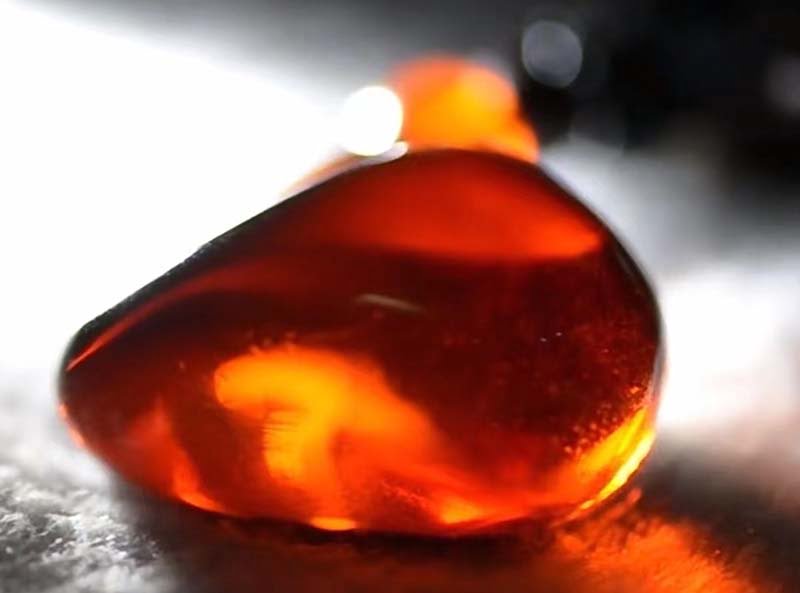
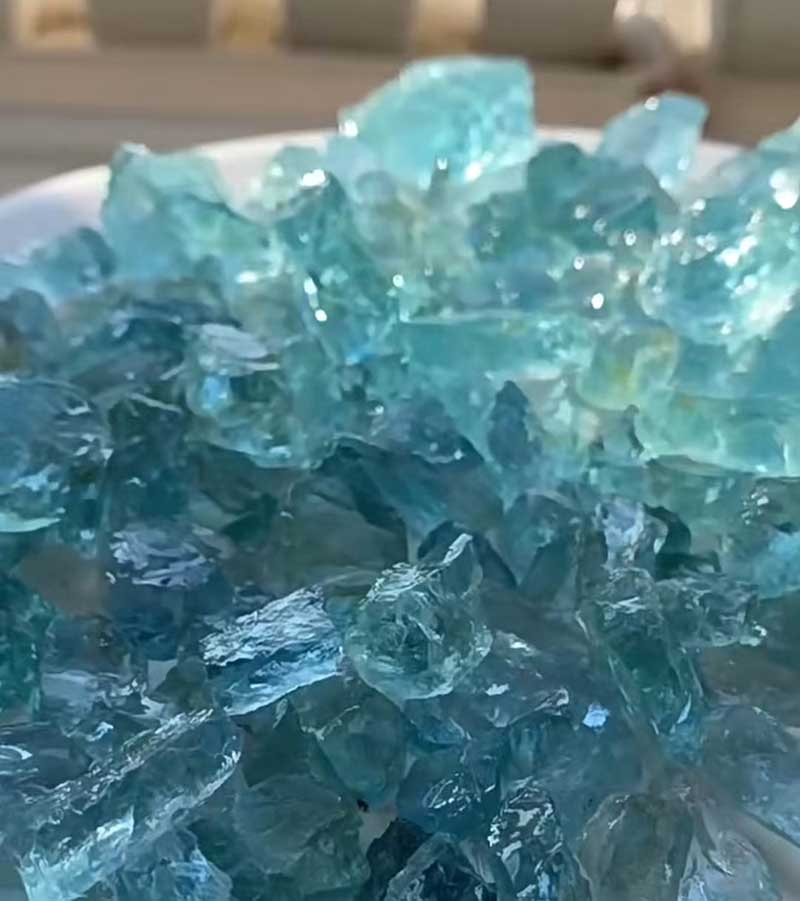
Amethyst
Heat removes brown inclusions from amethyst or lightens stones that are too dark.Heat can transform amethysts into citrine.
Tanzanite
Heating at low temperatures removes the brown color and gives a more vivid violet-blue color.
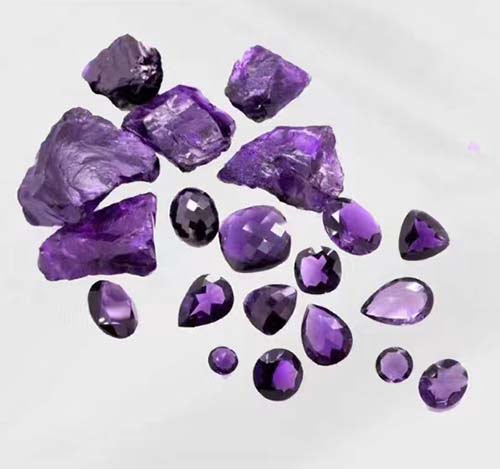
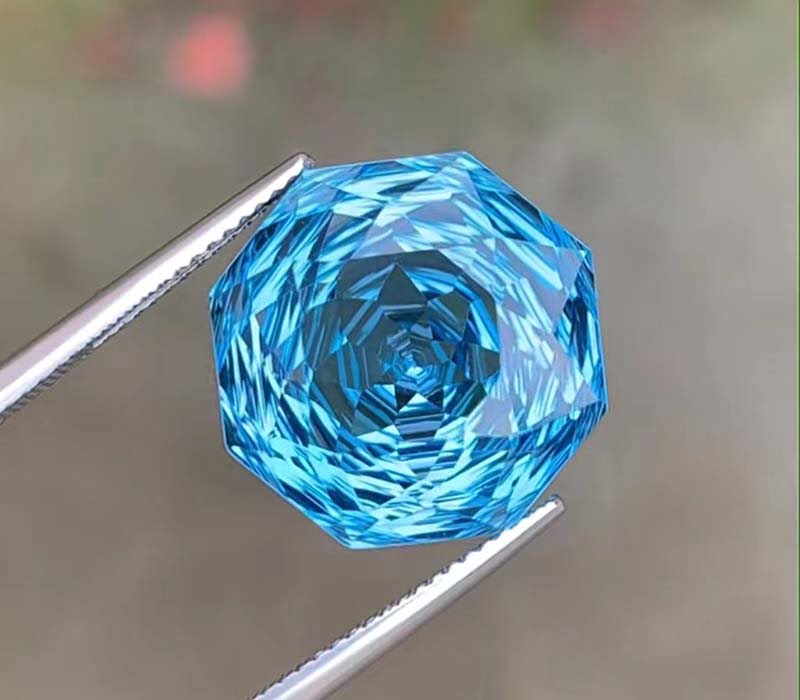
Topaz
Heating yellow-pink topaz removes the yellow component and enhances the pink color. You can control the blue topaz hue by heating it, resulting in a variety of blue hues. Most of the pink to red topazes currently sold on the international market are obtained by heating yellow and orange topazes.
When buying a gemstone, “burnished” and “unburnished” are not the most important influences. The most important things to look for when buying a gemstone are clarity, color, cut, and size.
Gemstones with excellent color and clarity, such as rubies or sapphires, and that are perfectly cut and sized, are worth buying regardless of whether they are “burnished” or “unburnished.


